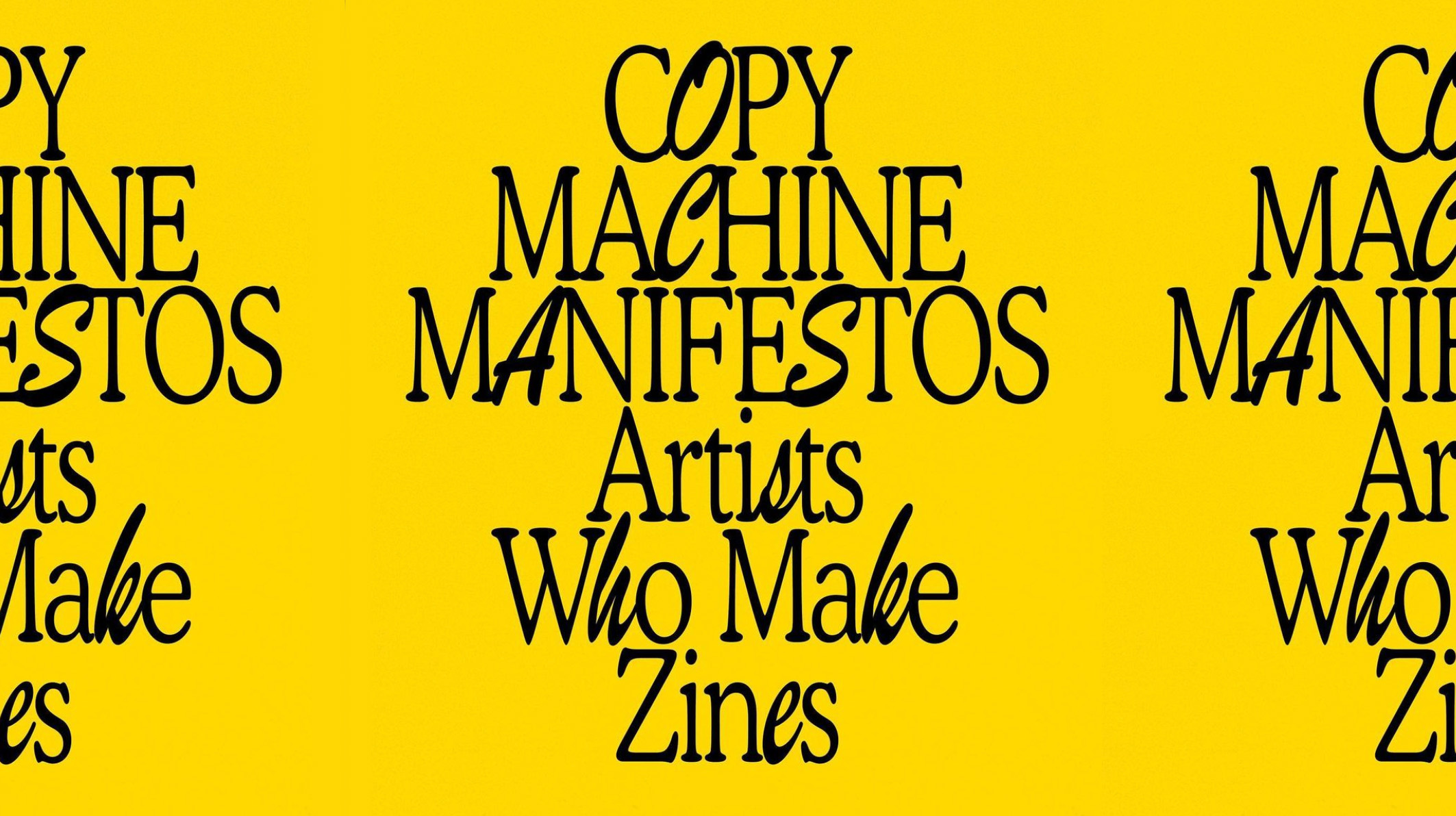Assignment 09
Self Portrait
Create 100 unique self portraits using your likeliness. Put something on your head. Print each portrait on 8.5x11in paper so you have a stack of 100 portraits next class.
Background
This is an opportunity for us to understand who you are as a person. Use each self portrait to tell us something about yourself. Consider who you are, where you’re from, what you’re about. Tell us a heroic story. Tell us an embarrassing story. Show us what you like. Show us what you don’t like. Make it beautiful. Make it ugly. Make it happy. Make it sad. Invent, reinvent, iterate, be creative.
This assignment is adapted from a rumored Frank Young brief. Thank you, Frank.

Background
I highly suggest visiting the Brooklyn Museum’s current exhibition Copy Machine Manifesto’s: Artists who Make Zines. Copy Machine Manifestos: Artists Who Make Zines is the first exhibition dedicated to the rich history of five decades of artists’ zines produced in North America. Since the 1970s, zines—short for “fanzines,” magazines, or self-published booklets of texts and images, usually made with a copy machine—have given a voice and visibility to many operating outside of mainstream culture.
Background
Ways of Seeing is a 1972 television series of 30-minute films created chiefly by writer John Berger. It was broadcast on BBC Two in January 1972 and adapted into a book of the same name. The series was intended as a response to Kenneth Clark's Civilisation TV series, which represents a more traditionalist view of the Western artistic and cultural canon, and the series and book criticise traditional Western cultural aesthetics by raising questions about hidden ideologies in visual images.According to James Bridle, Berger "didn't just help us gain a new perspective on viewing art with his 1972 series Ways of Seeing – he also revealed much about the world in which we live. Whether exploring the history of the female nude or the status of oil paint, his landmark series showed how art revealed the social and political systems in which it was made. He also examined what had changed in our ways of seeing in the time between when the art was made and today."
Source